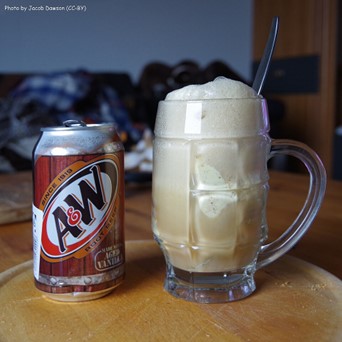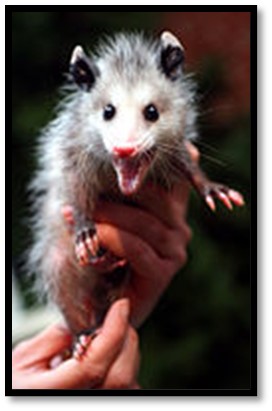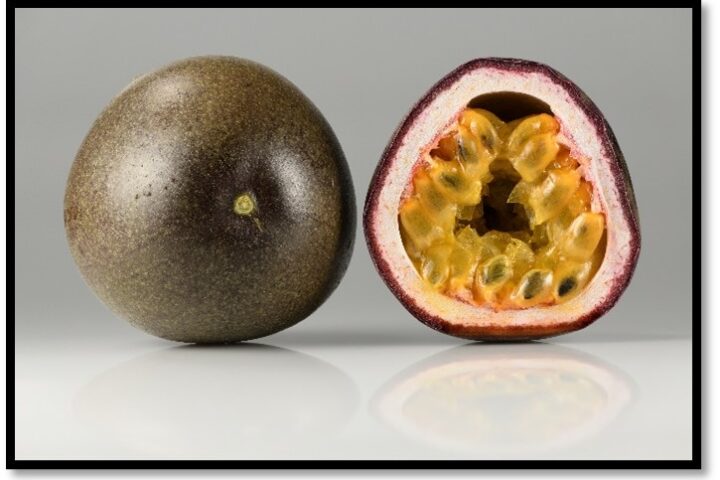
By John Schwartzer
June 17th is National Root Beer Day. What is more nostalgic than a root beer float on a hot day? That frothy, fizzy soda crowned with a giant scoop of vanilla ice cream was a highlight of my childhood. But have you ever wondered why this sweet-spiced soda (or pop) is called root beer? It’s not alcoholic, but it is an American drink through and through.

Root beer float. bjacobdawson, CC BY-SA 2.0, via Wikimedia Commons
The main ingredient- besides the sugar- is a flavoring found in the underground portions of the sassafras tree (Sassafras albidum). Indigenous peoples in eastern North America consumed medicinal sassafras teas long before Philadelphian pharmacist Charles Hires developed the modern “Hire’s Root Tea” recipe. He rebranded it in 1876 as “Hire’s Root Beer” to appeal to the working class. During prohibition, many breweries turned to producing root beers instead of closing.
Sassafras are medium sized trees with deciduous leaves alternately arranged on aromatic greenish stems. Besides the scent, the distinctive leaf shapes are a great way to identify these trees. The leaves are heterophyllic meaning they have multiple distinct leaf shapes on the same tree. Sassafras has four possible leaf shapes: entire -without lobes, mitten-shaped leaves, and triple-lobed leaves. The mitten shapes can be left and right-handed. Crushed leaves, stems, bark, and roots each have a sweet and spicy aroma. These trees aren’t picky about soil type and are advantageous pioneers appearing in sunny spots following disturbances. The flowers are greenish yellow in spring followed by single seeded blueish black drupes that birds and other animals readily consume. Bears often snap the brittle stems to the ground to gorge on the fruit.

Sassafras leaves. Rlevse, CC BY-SA 3.0, via Wikimedia Commons
To make traditional root beer, sassafras roots are harvested, washed, chopped, and boiled with sugar, molasses, cinnamon, cloves, ginger, vanilla, and anise. The resulting syrup is strained and then lightly fermented with brewer’s yeast to carbonate. Or if you’re in a hurry, skip the 3-day wait for sparkles and use soda water for the fizz.
You won’t find sassafras in commercial root beer anymore because of high levels of a compound called safrole. Safrole was banned in 1960 by the US Food and Drug Administration due to carcinogenic properties when ingested in large doses. Imitation sassafras flavorings are now used instead. Sassafras gets a bad rap but other common foods such as nutmeg, mace, black pepper, cocoa, star anise, fennel, parsley, basil, bay laurel, dill, allspice, and cloves all contain low levels of safrole. Notably, the Drug Enforcement Agency regulates safrole production because it is an ingredient in the production of pharmaceuticals and illicit substances. Safrole-free sassafras syrups are also commercially available for those who want to try a more traditional brew worry-free.
If you’re wondering about the drink sarsaparilla, that is made through a similar recipe from a South American safrole containing vine called sarsaparilla (Smilax ornata) that is related to green briars. Pennsylvania is home to wild sarsaparilla (Aralia nudicaulis) an edible perennial herb that was sometimes substituted for the expensive imported true sarsaparilla.
Bottoms up!
Dig deeper into root beer with these resources:
- Cummings, K. Sassafras Tea: Using a Traditional Method of Preparation to Reduce the Carcinogenic Compound Safrole. website.
- Root Beer: The Quintessential American Soda
- Homemade Sassafras Root Beer Recipe
- USFS. Sassafras albidum. Sassafras albidum (Nutt)
- USFS. Aralia nudicaulis. Aralia nudicaulis




